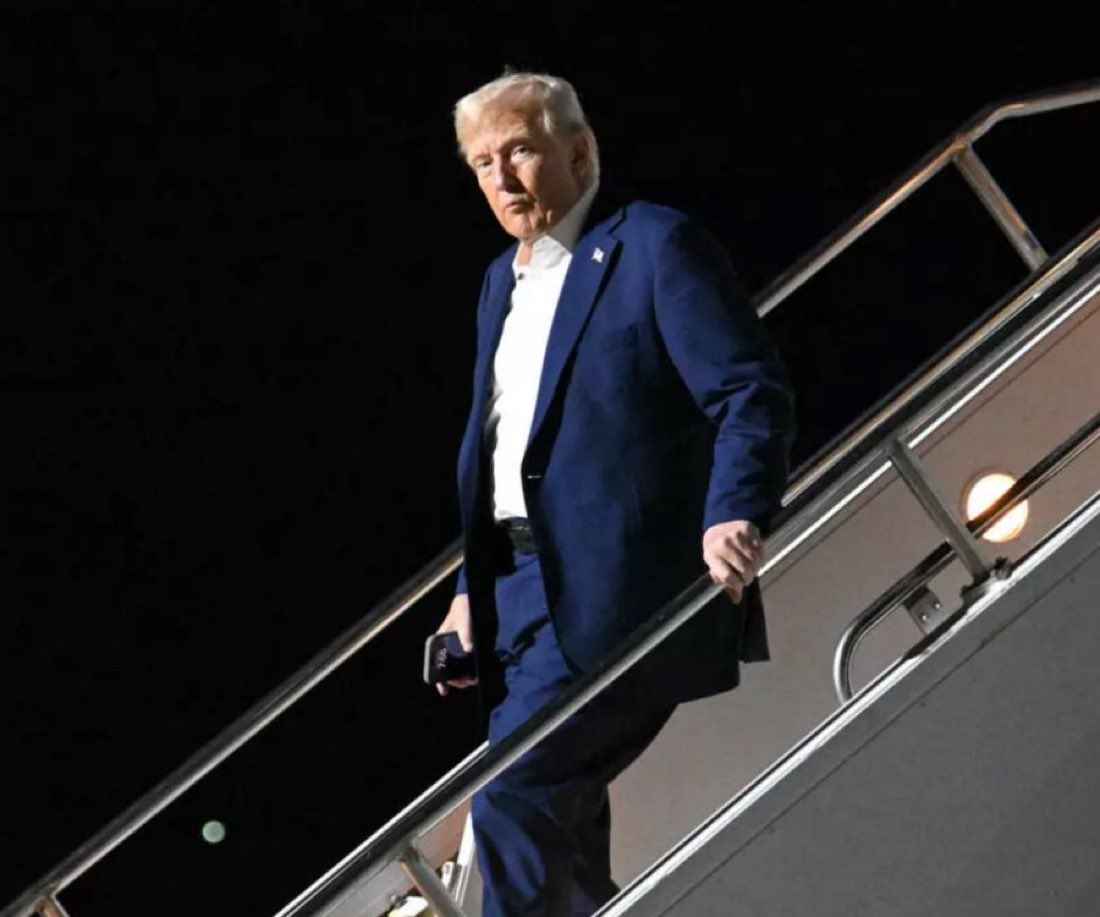TARIFF GAMBIT: Why Trump's 10% Warning to BRICS is a Test for India’s Trade Diplomacy
Few performances rival Donald Trump’s latest act in international diplomacy: a unilateral threat of additional 10% tariffs on BRICS nations—India included—for what he alleges is a concerted effort to “degenerate our dollar.”
 |
| Image Source: MaGaVoice on X |
No exceptions, not even for Delhi.
“India will certainly have to pay 10% if they are in BRICS,” Trump declared. “BRICS was set up to hurt us…The Dollar is king. We are going to keep it that way.”
His words, broadcast live and later echoed on his Truth Social platform, come just as India and the United States inch toward a long-awaited interim trade deal—one that now appears increasingly vulnerable to pressure politics.
This new tariff threat, reported by multiple US media outlets and confirmed in part by official communications reviewed by global publications, emerges from the evolving architecture of global alliances.
BRICS—comprising Brazil, Russia, India, China, South Africa and newer entrants like Egypt and the UAE—has gained traction in recent months as it explores alternatives to dollar-dominated trade mechanisms. That, for Trump, appears to be provocation enough.
India, historically a balancing power, is now being pushed to pick sides. It is an awkward place for the world’s largest democracy: wedged between a growing voice in the Global South and the cold calculus of US protectionism.
While India’s BRICS participation is driven by its interest in multipolarity—not monetary revolt—it is now being painted with the same brush as Beijing or Moscow.
Trump, who insists he wants a trade deal with India “soon,” is simultaneously threatening to destabilise the very platform needed to secure it. After weeks of quiet negotiations—described by Indian officials speaking to PTI as “nearly complete but awaiting US clarity”—this latest declaration may reset the table entirely.
Also telling is the broader scope of Trump’s tariff campaign. Since July 7, he has posted letters on Truth Social detailing new import duties: 25% on Japan and South Korea, 30% on South Africa and Bosnia, 35% on Bangladesh and Serbia, and up to 40% on Laos and Myanmar.
These letters, framed as non-negotiable until negotiations begin, are intended to coerce rather than consult. Trump has said tariffs will become payable from August 1, 2025—what he called a “final, firm, and fair” deadline.
In letters to Japanese Prime Minister Shigeru Ishiba and South Korean President Lee Jae-myung, Trump invoked the language of grievance. Their trade terms, he wrote, were “far from Reciprocal.” His administration warned that any retaliatory tariffs would be matched, percentage for percentage, and applied additionally.
For India, the implications are maddening. On one hand, it has invested in strengthening ties with Washington: defence pacts, semiconductor cooperation, technology transfers. On the other, it has deepened engagement with BRICS, not to subvert but to supplement a global order that has often left emerging economies at the margins.
Now, Delhi must brace for the possibility that trade with the US—its largest export destination—will come with strings not just of compliance, but alignment.
Indian trade negotiators have said little officially since Trump’s remarks but have maintained that the red lines. But behind closed doors, questions will be mounting: Is India willing to risk domestic sectors—especially in dairy and agriculture—to placate a volatile partner?
And how should India respond to being lumped in with Russia and China in Trump’s transactional worldview?
What’s emerging is a test of India’s strategic clarity. The choice is not between the US or BRICS—it is whether India can retain the room to make choices at all. And that is the important point to keep in mind at this moment, not to get bullied, coerced into following somebody else's diktat.
The world must ask: are these the tools of economic correction—or the tactics of coercion dressed as diplomacy by POTUS Trump?
